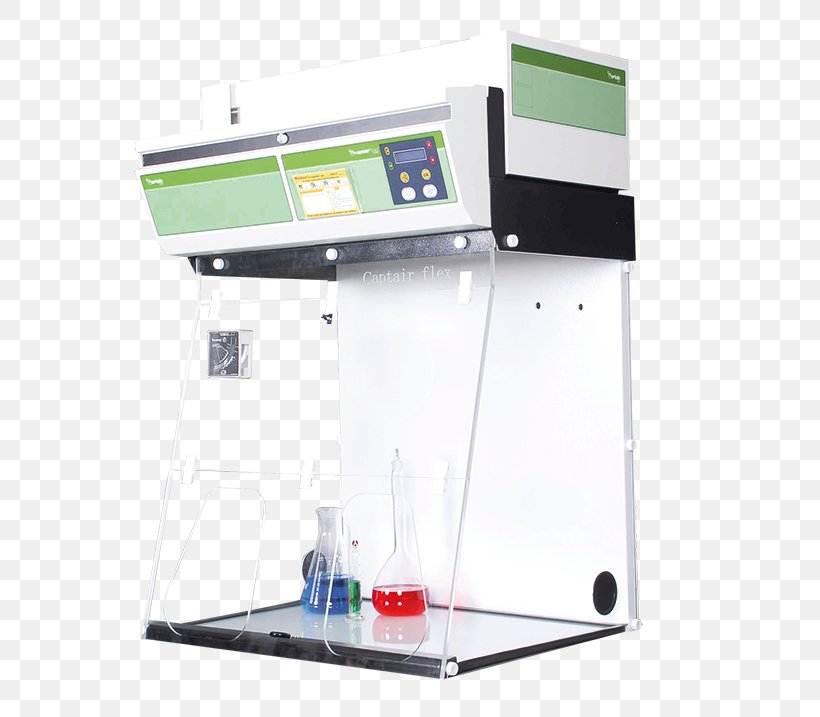Today, we are going to talk about an essential piece of equipment in laboratories - the Fume Hood Laboratory Laminar Flow Cabinet Volumetric Flow Rate. This equipment helps protect laboratory workers and researchers from harmful chemicals and substances.
What is a Fume Hood?
A fume hood is an enclosed workspace used in laboratories to protect people from toxic fumes, vapors, and gases. It has a fan system that draws in the contaminated air and exhausts it out through ductwork.
The laminar flow cabinet is a clean-air enclosure ranging from small benchtop models that protect equipment from dust and other particulates up to very large ones that provide complete operator protection from particulates and low concentrations of chemical vapors. These cabinets are used for a variety of applications in pharmaceuticals, biotechnology, medical device and manufacturing industries.
Importance of Fume Hoods
The importance of fume hoods cannot be overstated. Laboratory personnel working with toxic chemicals and hazardous substances are exposed to various health risks that can cause serious harm. Fume hoods protect scientists and laboratory staff from these health hazards by providing a barrier between the hazardous material and the researcher.
The fume hood works on the principle of containment. When the hood is in operation, the toxic gas or fumes are sucked into the hood and pass through a filter that removes the harmful substances. The clean air is then released back into the laboratory.
Types of Fume Hoods
There are different types of fume hoods available in the market, and each has its own specific use. The most common types of fume hoods are:
Conventional Fume Hood
The conventional fume hood is the most basic type of fume hood available in the market. It is used for light to moderate chemical applications, and it has a face velocity of 80 to 120 linear feet per minute.
Walk-In Fume Hood
The walk-in fume hood provides a large working area that enables users to work with bulky equipment, large materials, and procedures that require more space. The walk-in fume hood is perfect for applications that require working with large quantities of hazardous material or when a large number of experiments are being conducted simultaneously.
Ductless Fume Hood
The ductless fume hood is a self-contained unit that is used to provide a clean environment for laboratory personnel. Unlike the conventional fume hood, it does not require external ducting. It is ideal for laboratory applications that require mobility, as it can be moved easily from one location to another. The ductless fume hood is also low-maintenance and cost-effective.
Annual Performance Testing
It is important to have an annual performance test conducted on your fume hood to ensure that it is working correctly. This test should include a measurement of the face velocity and airflow, among other things. A test report should be provided after the test is conducted, which will indicate whether the fume hood is within the acceptable range.
The Chemical Fume Hood Annual Performance Testing is an important part of laboratory safety. It ensures that the fume hood is functioning correctly, and therefore reduces the risks associated with working with hazardous materials.
Conclusion
In conclusion, the Fume Hood Laboratory Laminar Flow Cabinet Volumetric Flow Rate is an essential piece of equipment in laboratories. It plays a crucial role in protecting laboratory personnel by providing a barrier between the researcher and harmful chemicals and substances. The types of fume hoods available in the market vary depending on the application and the laboratory's specific needs. The annual performance test is also an essential part of laboratory safety, ensuring that the equipment is working correctly.
It is vital that research laboratories take laboratory safety seriously and invest in equipment such as fume hoods to protect their personnel.
Image sources:
Image 1:

Image 2:

Sources:
- https://en.wikipedia.org/wiki/Fume_hood
- https://www.machinemfg.com/fume-hood-types/
- https://www.environmentalliberation.org/post/annual-chemical-fume-hood-performance-testing
If you are searching about Top 5 Commonly Asked Questions When Buying a New Fume Hood - Nano Fume you've came to the right web. We have 7 Pictures about Top 5 Commonly Asked Questions When Buying a New Fume Hood - Nano Fume like Top 5 Commonly Asked Questions When Buying a New Fume Hood - Nano Fume, Mitigating Health Risks with Laboratory Fume Hoods (Part II) : Fume and also Module 57: Providing safe fume cupboards while moderating energy costs. Read more:
Top 5 Commonly Asked Questions When Buying A New Fume Hood - Nano Fume
hood fume flow laminar cabinets spot function commonly asked questions when different hoods differences nano buying
Fume Hood Laboratory Laminar Flow Cabinet Volumetric Flow Rate, PNG
fume erlab sorbonne volumetric laminar hotte liquides captair chem laboratoire ductless m321 weighing aspirating healthmanagement hellopro
Chemical Fume Hood Annual Performance Testing
fume velocity meter
Mitigating Health Risks With Laboratory Fume Hoods (Part II) : Fume
fume velocity hoods laboratory mitigating risks tms containment
Low Flow Is The New Norm: Part 1 - Payette
flow payette norm low part enlarge
Laminar Flow Hoods | In-Stock, Ready To Ship | 801-970-1212 | Fume Hood
laminar hoods
Module 57: Providing Safe Fume Cupboards While Moderating Energy Costs
fume hood air cupboards volume variable energy sash costs providing moderating module safe while figure cibsejournal vertical
Fume velocity meter. Fume hood laboratory laminar flow cabinet volumetric flow rate, png. Laminar hoods




Post a Comment for "Fume Hood Flow Rate"